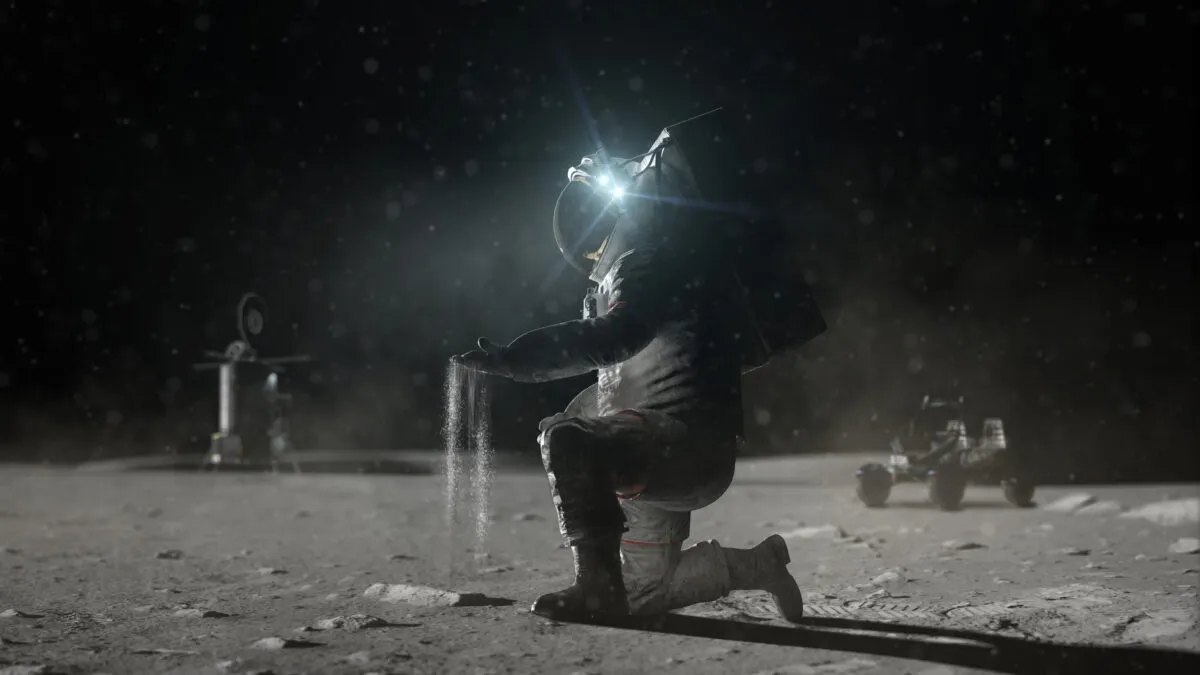NASA’s Artemis I mission has successfully launched and with it, the first crewed lunar landing programme since the Apollo missions of the 1960s and 1970s.
NASA’s Space Launch System rocket, carrying the uncrewed Orion spacecraft, blasted off in an incredible array of light and powerful sound from Launch Complex 39B in Cape Canaveral, Florida on 16 November at 01:47 a.m. EST. (06:47 UTC).
Reports from NASA via the Artemis blog say that the subsequent stages of the launch - including the Solid Rocket Booster separation and the core stage separation - are now complete.
The Orion module's solar arrays have also completed deployment and are now drawing power.
What is Artemis I?
The mission is the first of NASA's Artemis programme, which will eventually see humans return to the lunar surface.
Artemis I is uncrewed, but the Orion spacecraft attached to the rocket will stay in orbit around the Moon for several weeks, before splashing down in the Pacific Ocean.
While at the Moon, tests will be carried out to ensure all systems are in working order.
What's on board Artemis I?
A series of mementos from the history of crewed spaceflight have been placed onboard the Orion spacecraft, including a piece of the Moon from Apollo 11 - the first landing on the Moon - as well as a bolt from that mission, an Apollo 11 mission patch and an Apollo 8 commemorative medallion.
It is also carrying a collection of CubeSats that will analyse and photograph the Moon during the mission, and instruments that will enable the study of the radiation environment of deep-space for future missions to the Moon and even beyond.
What comes next?

If Artemis I is a successful mission, this will pave the way for Artemis II in 2024, which will be the first crewed flight to the Moon since the Apollo 17 landing in 1972.
The Artemis II mission will take a crew of four on a shorter trip around the Moon, but unlike Artemis I, it won't actually enter lunar orbit.
Artemis II will spend 10 days flying to and around the Moon before coming straight back to Earth.
If this is successful, it will give the go-ahead for the first crewed landing mission, Artemis III scheduled for 2025.
This will also carry the human landing system that will transport two crew members to the lunar surface. A team of 18 NASA astronauts has already been selected for the Artemis Team.
Alongside these will be several astronauts from the Canadian Space Agency, Japanese Aerospace Exploration Agency and European Space Agency – whose active astronauts include the UK’s own Tim Peake.
What we do know is that at least one of the moon walkers on Artemis III will be a woman, and either this or a future mission will also include the first person of colour to walk on the Moon.
The stage is set: a new era of lunar exploration has begun!
What are your thoughts on NASA's Artemis programme? Let us know by emailing us at contactus@skyatnightmagazine.com.
